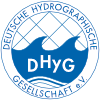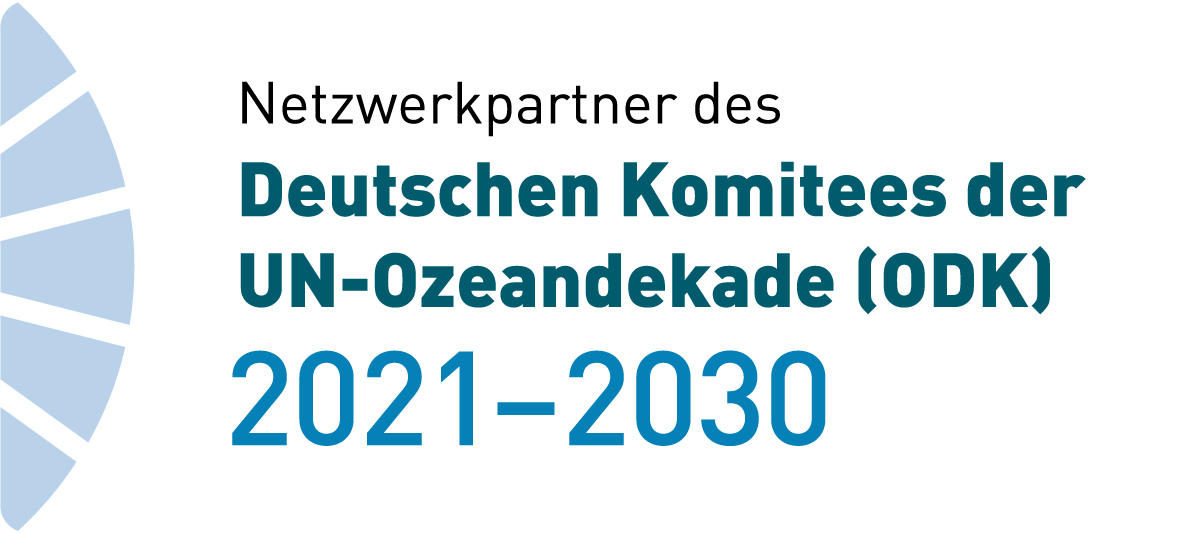HN Ausgaben wählen
- HN 132 (9)
- HN 131 (17)
- HN 130 (10)
- HN 129 (8)
- HN 128 (10)
- HN 127 (6)
- HN 126 (10)
- HN 125 (11)
- HN 124 (8)
- HN 123 (10)
- HN 122 (9)
- HN 121 (10)
- HN 120 (7)
- HN 119 (10)
- HN 118 (7)
- HN 117 (10)
- HN 116 (14)
- HN 115 (10)
- HN 114 (6)
- HN 113 (10)
- HN 112 (7)
- HN 111 (9)
- HN 110 (9)
- HN 109 (11)
- HN 108 (8)
- HN 107 (9)
- HN 106 (7)
- HN 105 (14)
- HN 104 (6)
- HN 103 (11)
- HN 102 (8)
- HN 101 (9)
- HN 100 (13)
- HN 097 (1)
Connected 4D future – Hydro17 in Rotterdam
Hydro17 took place in November 2017 in Rotterdam. During the three days of this annual conference, six keynotes and 45 presentations were given on the theatre stage of the venue: the permanently moored cruiseliner SS »Rotterdam«. The conference theme was »Connecting 4D future«, aiming to stretch connection in space and time from hydrography to any other relevant disciplines.
- Ausgabe: HN 109 Seite: 43–45
- DOI: 10.23784/HN109-08
- Autor/en: Rob van Ree
Wissensmanagement am BSH – »Überlappende Besetzung« ermöglicht vorbildliche Einarbeitung des Nachfolgers
Wilfried Ellmer, lange Zeit Leiter des Sachgebiets »Geodätisch-hydrographische Verfahren und Systeme« am BSH, ging im November 2017 in den Ruhestand. Sein Nachfolger, Patrick Westfeld, stand schon früh fest. Er hatte das Glück, bereits im Juli seine Stelle antreten zu können. Mehr als vier Monate lang konnten beide Seite an Seite arbeiten. Das Modell der »überlappenden Besetzung«, das jüngst am BSH eingeführt wurde, ermöglicht eine Einarbeitung, bei der ein Gutteil des Wissens weitergegeben wird.
- Ausgabe: HN 109 Seite: 40
- DOI: 10.23784/HN109-07
- Autor/en: Patrick Westfeld
Außer Dienst, aber noch immer für die Hydrographie aktiv
Das Wissen der Senioren ist gefragt. Die Alten gelten als Vorbild. Schon bei der Neubesetzung einer Stelle wird darauf geachtet, dass die bisherigen Stelleninhaber ihre Nachfolger richtig einarbeiten. Doch zunehmend heuern Unternehmen Senior-Experten an, die ihr Wissen mit Jüngeren teilen sollen. Entweder weil das Wissen nicht mehr im Haus ist oder weil den Ehemaligen niemand das Wasser reichen kann.
- Ausgabe: HN 109 Seite: 32–38
- DOI: 10.23784/HN109-06
- Autor/en: Lars Schiller
»In der Hydrographie kommt alles zusammen« – Ein Wissenschaftsgespräch mit Ingo Hennings
Kapitän, Ozeanograph und Physiker in einer Person – Dr. Ingo Hennings war fast drei Jahrzehnte lang als Wissenschaftler am GEOMAR in Kiel beschäftigt. Zusätzlich war er dort als Nutzerkoordinator für die Neubauten zuständig und er hat sich im Personalrat für die Belange der Mitarbeitenden starkgemacht. An einem seiner letzten Arbeitstage blickt er auf seine Lebensarbeitsleistung zurück. Und redet Tacheles. Ein Gespräch über die Lust und den Frust an der Wissenschaft, über Missstände in der Forschung und darüber, wie es sein sollte, sowie über die Rolle des Zufalls und seinen Kampf des guten Glaubens.
GEOMAR | GKSS | Helmholtz-Gemeinschaft | Leibniz-Gemeinschaft | Ozeanographie | Kapitän auf großer Fahrt | Nutzerkoordinator | Fernerkundung | Stabkarten | Geschichte der Ozeanographie | Kettenverträge
- Ausgabe: HN 109 Seite: 24–30
- DOI: 10.23784/HN109-05
- Autor/en: Ingo Hennings, Lars Schiller
Hydrographieausbildung an der HafenCity Universität Hamburg
Hydrographie wird inzwischen seit mehr als dreißig Jahren in Hamburg als Studienprogramm angeboten und fortwährend weiterentwickelt. Im März 2017 wurde das reformierte Ausbildungsprogramm erneut anerkannt. Das FIG/IHO/ICA International Board on Standards of Competence for Hydrographic Surveyors and Nautical Cartographers (IBSC) zertifizierte den Kurs nach Category A. Die Hydrographieausbildung in Hamburg ist auch in den kommenden Jahren durch die Rezertifizierung des Masterprogramms, durch die Neuberufung der Professur für Hydrographie und Geodäsie, durch den Neubau eines Messbootes sowie durch den Ausbau des wissenschaftlichen Personals gesichert. In diesem Artikel wird die Vertiefungsrichtung »Hydrography« an der HafenCity Universität Hamburg (HCU) mitsamt den Akteuren und dem künftigen Messboot vorgestellt.
Hydrographieausbildung | HCU | Master of Science Geodäsie und Geoinformatik | Category A
- Ausgabe: HN 109 Seite: 20–23
- DOI: 10.23784/HN109-04
- Autor/en: Harald Sternberg, Tanja Dufek


